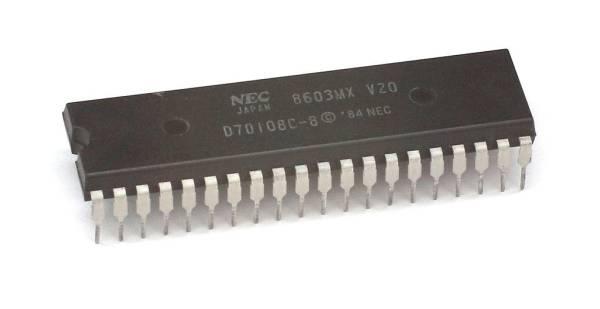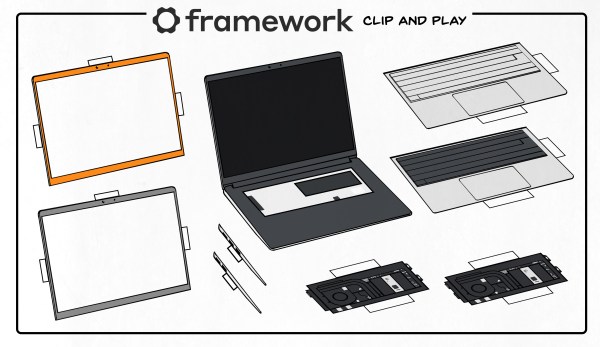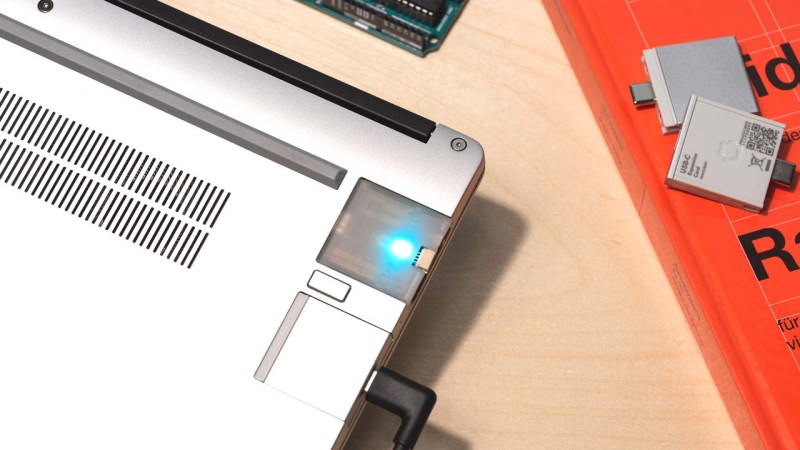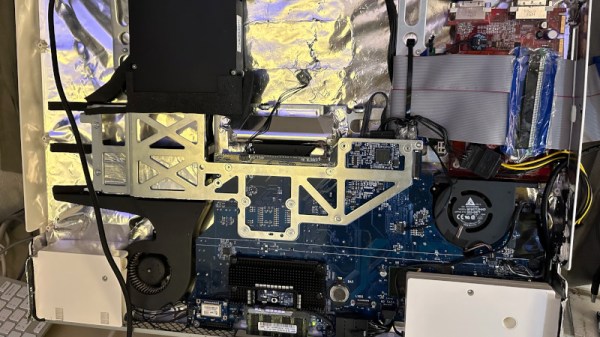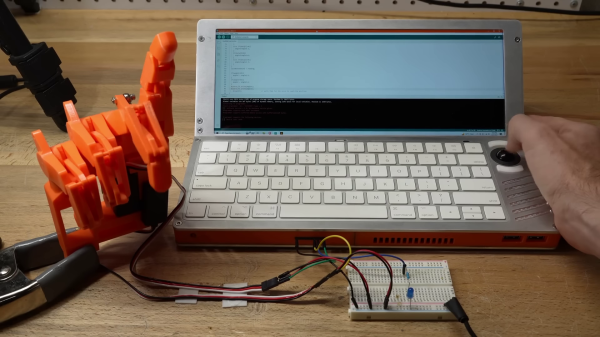Back in the last century, Intel saw itself faced with a need to have ‘second source’ suppliers of its 8088 and 8086 processors, which saw NEC being roped in to be one of those alternative suppliers to keep Intel’s customers happy with the μPD 8086 and μPD 8088 offerings. Yet rather than using the Intel provided design files, NEC reverse-engineered the Intel CPUs, which led to Intel suing NEC over copying the microcode that forms an integral part of the x86 architecture. In a recent The Chip Letter entry by [Babbage] this case is covered in detail.
Although this lawsuit was cleared up, and NEC licensed the microcode from Intel, this didn’t stop NEC from creating their 8086 and 8088 compatible CPUs in the form of the V30 and V20 respectively. Although these were pin- and ISA-compatible, the internal microcode was distinct from the Intel microcode due to the different internal microarchitecture. In addition the V20 and V30 also had a special 8080 mode, that provided partial compatibility with Z80 software.
Long story short, Intel sued NEC with accusations of copyright infringement of the microcode, which led to years of legal battle, which both set many precedents about what is copyrightable about microcode, and ultimately cleared NEC to keep selling the V20 and V30. Unfortunately by then the 1990s had already arrived, and sales of the NEC chips had not been brisk due to the legal issues while Intel’s new 80386 CPU had taken the market by storm. This left NEC’s x86-compatible CPUs legacy mostly in the form of legal precedents, instead of the technological achievements it had hoped for, and set the tone for the computer market of the 1990s.
Thanks to [Stephen Walters] for the tip.

